Why Messy Sketchbooks Deserve Respect
Embracing the Beauty of Imperfection
Messy sketchbooks are often misunderstood. Smudges, torn pages, and half-finished ideas may look chaotic, but they’re signs of creative momentum. These pages capture raw emotion, spontaneous inspiration, and the honest rhythm of an artist’s process. They’re not meant to be polished—they’re meant to be lived in.
A pristine sketchbook might look impressive, but it can also feel restrictive. When artists allow themselves to be messy, they open the door to experimentation, vulnerability, and unexpected breakthroughs.
More Than Doodles: The Heartbeat of Practice
Messy sketchbooks are not random—they’re intentional spaces for growth. Within their pages, you’ll find:
- Scribbled thoughts that spark future projects
- Reworked ideas that deepen understanding
- Emotional sketches that never make it to a gallery wall but shape your artistic voice
These imperfect entries are proof of engagement. They show that you’re showing up, exploring, and evolving.
Breaking the Myth of the “Perfect Sketchbook”
The Social Media Illusion
Online platforms often showcase sketchbooks as curated portfolios—every page clean, every line intentional. This creates a false standard that can discourage artists from sharing or even creating freely.
But real sketchbooks are messy. They’re filled with:
- Crossed-out ideas
- Ink spills and coffee stains
- Pages that didn’t go as planned
These aren’t flaws—they’re evidence of process. The most valuable sketchbooks are often the ones you’d never post. They reflect your thinking, your trials, and your growth.
Permission to Be Imperfect
Letting go of perfectionism is liberating. It allows you to:
- Try new techniques without fear
- Make mistakes and learn from them
- Capture fleeting ideas before they disappear
Your sketchbook is a safe space. It doesn’t need to impress—it needs to express.
The Role of Imperfection in the Artistic Process
Iteration Over Perfection
Art doesn’t emerge fully formed—it evolves. Messy sketchbooks document that evolution. Mistakes teach. Revisions refine. Quick sketches in the margins often lead to major breakthroughs.
Each smudge, bent corner, or torn edge is part of your creative fingerprint. These imperfections:
- Mark turning points in your thinking
- Reveal emotional depth
- Encourage risk-taking and play
By embracing the mess, you honor the journey—not just the destination.

credit: STMCGURIN
Visual Journaling and Personal Expression
Sketchbooks as Emotional Archives
A sketchbook is more than a portfolio—it’s a visual journal, a deeply personal space where emotion, memory, and identity converge. Each page reflects a moment in time: a coffee stain might mark a breakthrough idea, while a chaotic layout could mirror a turbulent day. These marks aren’t flaws—they’re footnotes to your creative journey.
Unlike polished artwork intended for display, visual journaling invites honesty. It’s a practice of self-reflection that’s free from judgment, where your inner world can unfold through lines, shapes, and color.
The Intimacy of the Page
This interaction between artist and sketchbook is sacred. It’s where:
- Ideas are born without pressure
- Emotions are processed through imagery
- Identity is explored through experimentation
Your sketchbook becomes a mirror—not of perfection, but of presence.
How Daily Drawing Habits Thrive in a Messy Format
Lowering the Stakes to Raise the Output
The expectation to create something “beautiful” every day can be creatively stifling. But when you allow your sketchbook to be messy, you shift the goal from perfection to consistency. This mindset:
- Encourages daily engagement
- Welcomes humor, randomness, and play
- Builds confidence through repetition
Messy sketching sessions—no matter how brief—accumulate into a powerful habit. Over time, they foster artistic fluency and emotional resilience.
The Power of Small Imperfections
Each imperfect page is a step forward. These sketches:
- Capture fleeting thoughts
- Serve as warm-ups for larger projects
- Reveal patterns in your thinking and style
By embracing the mess, you make space for growth.
Idea Generation Through Chaos
Creativity Loves Disorder
Some of your best ideas will arrive when you’re not trying too hard. A messy sketchbook encourages spontaneity and surprise. Doodles that seem like nonsense today might become the foundation for tomorrow’s masterpiece.
Creative connections often emerge when unrelated ideas collide. A loose, unstructured format allows:
- Visual juxtapositions
- Layered thoughts
- Unexpected themes
This chaos isn’t random—it’s fertile ground for innovation.
Sketchbook Habits That Celebrate Imperfection
Practical Ways to Embrace the Mess
If you’re ready to lean into imperfection, try these habits:
Use Cheap Materials
Let go of the fear of waste. Cheap paper and basic tools invite experimentation without pressure.
Scribble Quickly
Capture ideas before they vanish. Speed encourages instinct and spontaneity.
Don’t Tear Out Pages
Even “bad” pages are part of your story. They show evolution, not error.
Annotate Your Sketches
Add notes, dates, or thoughts. Words can clarify intent or preserve emotional context.
Return to Old Pages
Layer new ideas over old ones. This builds depth and continuity in your journal.
Create Without Sharing
Not everything needs an audience. Some pages are just for you—and that’s where the magic often lives.

Sketchbooks.org | SKETCHBOOK KINDS
From Cartoons to Comics Sketchbooks Help Bring Characters to Life
Sketchbooks are the unsung heroes of character creation. Whether you're a cartoonist doodling quirky expressions or a comic artist building dramatic story arcs, sketchbooks serve as the foundation for visual storytelling. They’re where characters are...
Frequently Asked Questions
What is a messy sketchbook?
A messy sketchbook is an unfiltered space where artists freely explore ideas without focusing on neatness or perfection.
Why should I stop aiming for perfect sketchbook pages?
Perfection often limits creativity, while messiness invites experimentation and freedom.
How do messy sketchbooks help my artistic growth?
They reveal patterns, track development, and allow for honest self-expression that fuels long-term improvement.
Can messy sketchbooks still be beautiful?
Absolutely—beauty can come from authenticity, emotion, and the texture of an unfiltered process.
What materials are best for a messy sketchbook?
Inexpensive sketchbooks and a mix of pens, pencils, and found media are ideal for free-form exploration.
Is visual journaling the same as messy sketchbooking?
They overlap, as both encourage personal expression, but visual journaling often includes narrative or emotional context.
Should I share my messy sketchbook online?
Only if you want to—messy pages are primarily for you, not an audience.
How can I build a daily sketchbook habit?
Lower the stakes, commit to a small amount of time daily, and focus on quantity over polish.
Will messy sketchbooks ruin my professional portfolio?
Not at all—most portfolios are curated from rough work; messy sketchbooks support, rather than replace, final pieces.
Final Thoughts
Messy sketchbooks are not a sign of artistic failure—they’re evidence of creative life. They are where ideas stretch, stumble, and grow. In a world obsessed with perfection and filters, choosing to celebrate the unpolished is radical. The next time you open your sketchbook, let go of expectations. Let the ink run wild. Because what looks like a mess today might be the masterpiece of tomorrow.
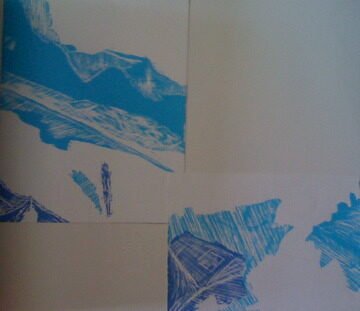
credit: THISS
Ready to Share Your Work?
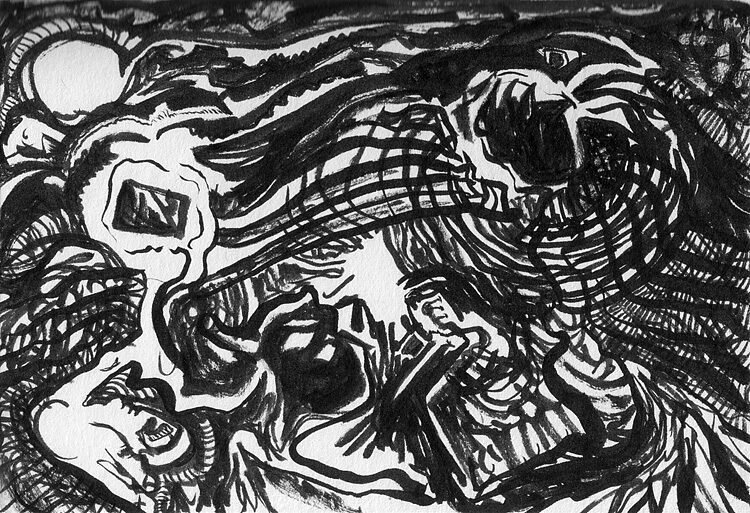

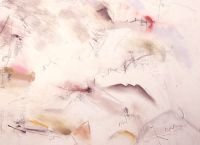


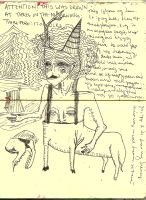
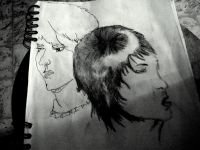



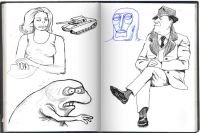

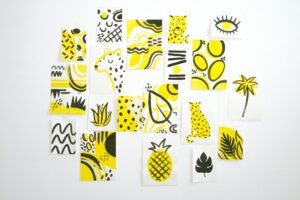

My favorite pages are the messy ones. The ones where I was just playing.
The coffee rings and torn edges? They tell more truth than a finished piece.
That’s where real art lives.